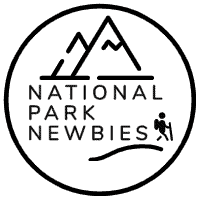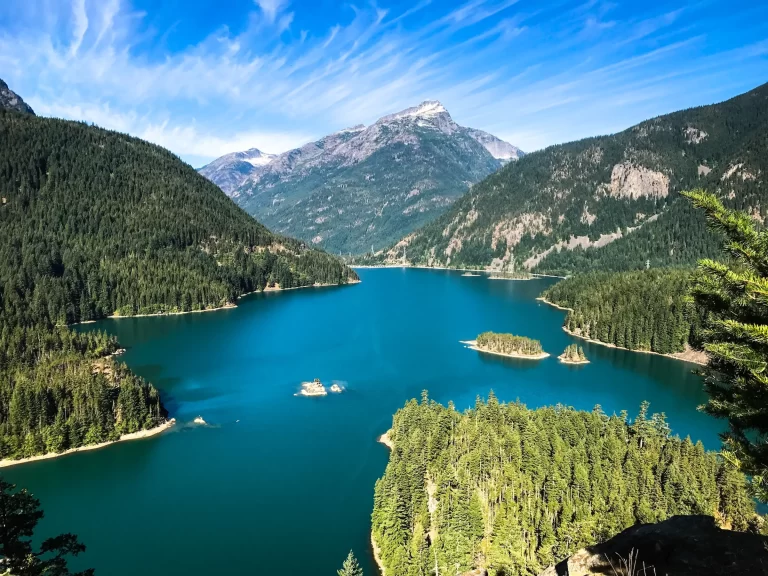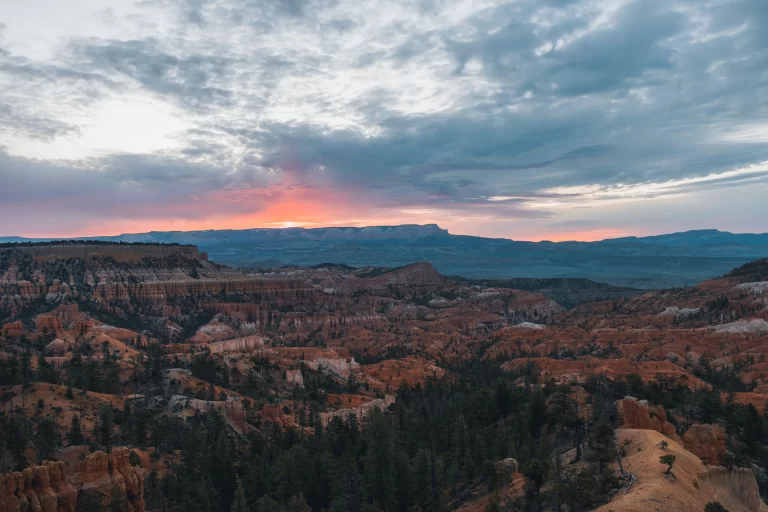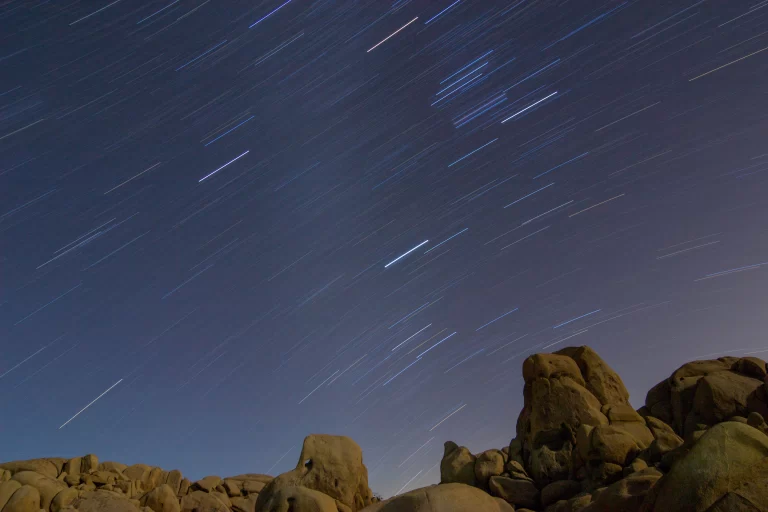National Park vs National Forest: What’s the difference?
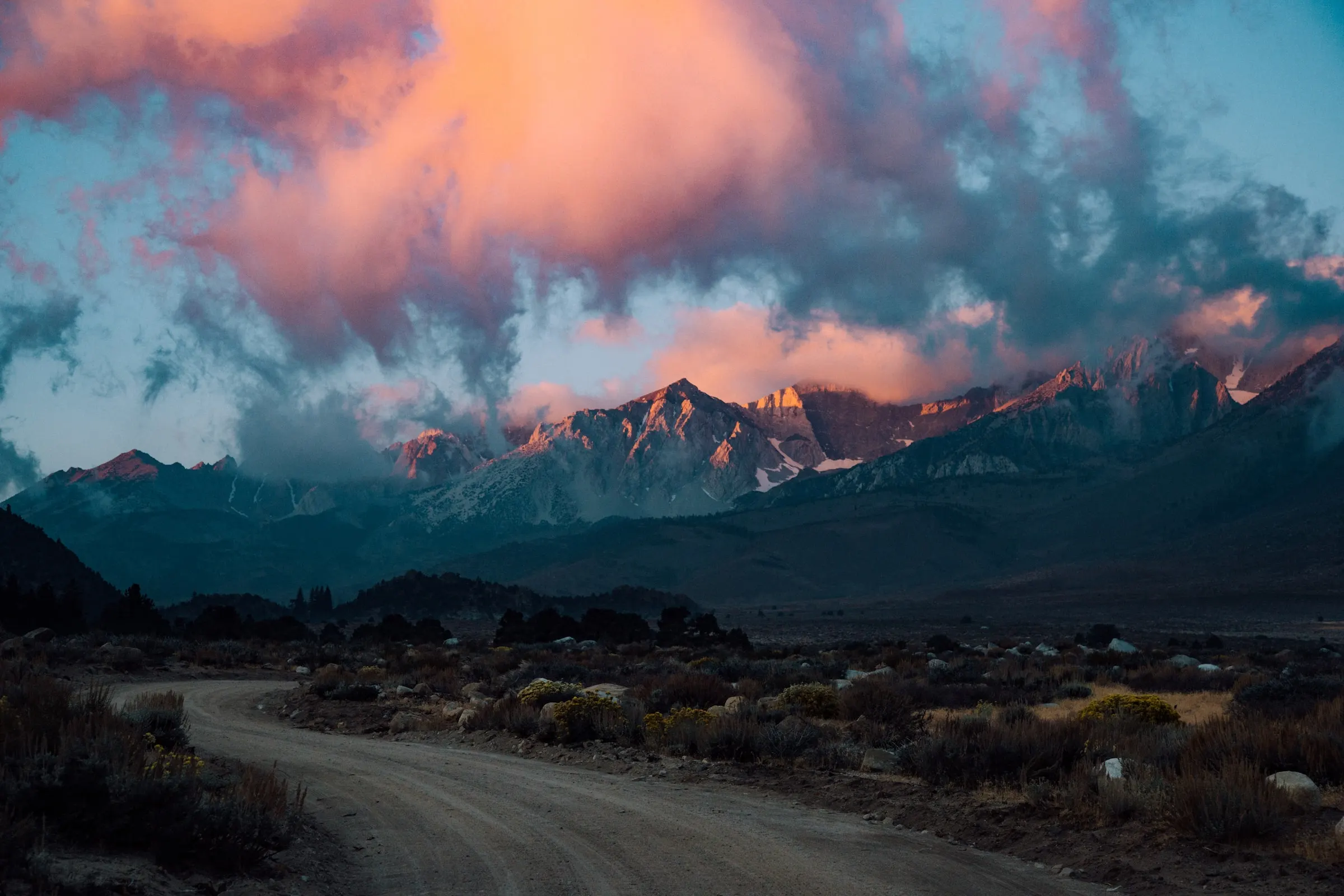
National Parks vs National Forests
Visiting America’s Public Lands can be a wonderful experience, but understanding the difference between a National Park vs National Forest can be a bit confusing. It is common to notice they often appear together or near each other. When visiting a National Park you may find your campsite within a National Forest or you may notice that a National Forest surrounds a National Park. It makes sense to question!
We’re here to help clear up the primary differences between these two types of protected areas. But both provide incredible opportunities to explore nature, learn about history, and enjoy recreational activities.
So, let’s dive in and uncover the unique aspects of national parks and national forests!
Defining National Park and National Forest
What is a National Park?
A National Park is a federally protected area. In order to be designated as a national park, an area must go through a specific process that involves evaluation and approval by Congress. Once established, national parks are managed by the National Park Service.
Fun Fact: Yellowstone was the first National Park established in 1872 (but the National Park System wasn’t officially created until over 40 years later, in 1916)!
One of the defining characteristics of national parks is their emphasis on preservation. The goal is to protect these areas and their resources for future generations. As a result, certain activities are restricted or prohibited within national park boundaries. For example, visitors may not be allowed to hunt, fish, or collect plants or animals without a permit.
What is a National Forest?
A National Forest is another type of protected land, but with a different focus. While National Parks prioritize preservation, National Forests are managed for a variety of uses, including recreation, timber harvesting, and mining. These areas are also established by Congress, but they are managed by the U.S. Forest Service.
National Forests are typically larger than National Parks. National Parks cover about 84 million acres of land while National Forests cover about 188 million acres of land! National Forests also allow for a wider range of activities. Visitors can enjoy hiking, camping, fishing, hunting, and more. While there are still rules and regulations to follow, National Forests are a bit more flexible than National Parks.
Overall, both National Parks and National Forests offer incredible opportunities to connect with nature and enjoy the outdoors.
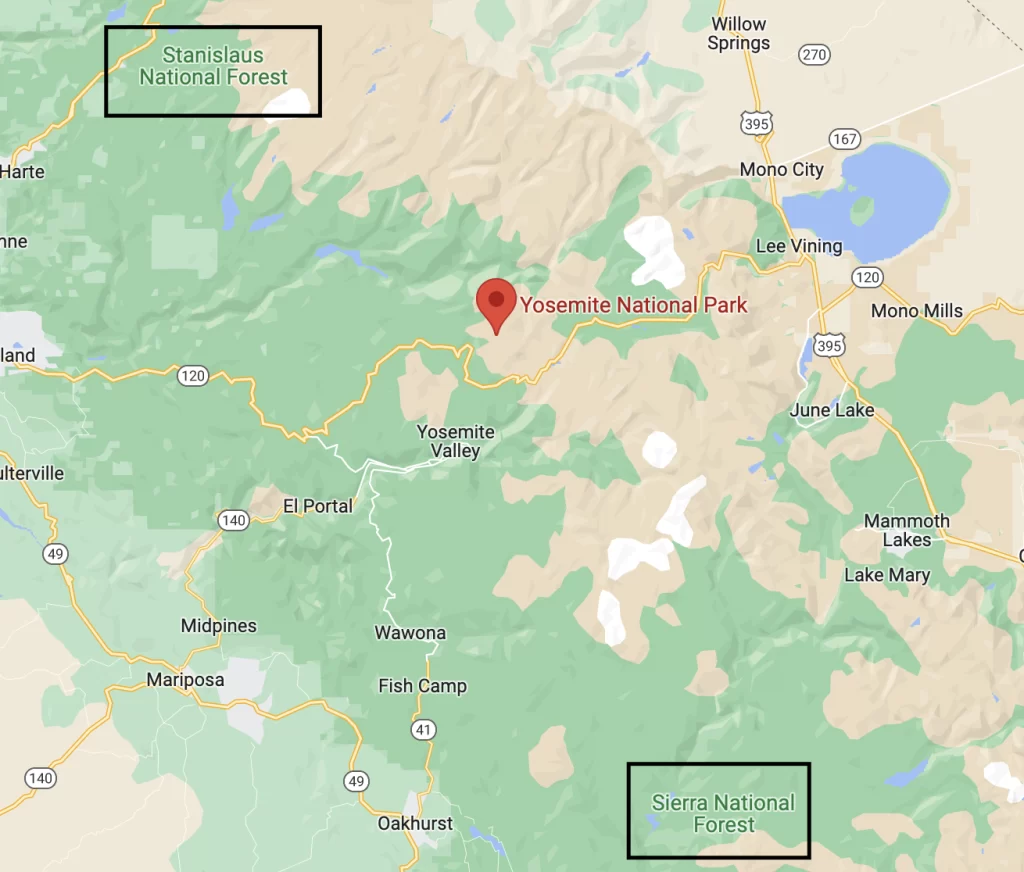
Purpose and Management of National Parks and National Forests
Purpose of National Parks
National Parks were established to preserve and protect areas of natural beauty and significance. These areas are home to unique geological formations, rare plant and animal species, and are of historic significance. The primary purpose of National Parks is to ensure that these areas remain untouched and unspoiled for future generations.
Management of National Parks
The National Park Service (a division of the Department of the Interior) manages National Parks. Their primary responsibility is to ensure that the parks remain in their natural state for future generations. This means that the National Park Service limits development and activities that may harm or alter the natural environment.
Purpose of National Forests
National forests, on the other hand, are managed for multiple uses. These uses can include recreation, timber harvesting, grazing, and mining. The main goal of National Forests is to maintain a balance between these uses while ensuring the sustainability of the forest ecosystem.
Management of National Forests
National Forests are managed by the United States Forest Service – a division of the Department of Agriculture. The Forest Service works to balance the various uses of the forest while ensuring the long-term health and sustainability of the ecosystem. They are responsible for managing resources, setting regulations, and monitoring activities within the forest.
Recreational Activities
When it comes to outdoor recreation, both National Parks and National Forests offer a wide range of activities that can satisfy any adventurer!
Recreation in National Parks
National Parks are known for their stunning natural beauty and unique landscapes. Visitors can enjoy a variety of recreational activities, such as hiking, camping, fishing, and wildlife watching. Some parks also offer guided tours and educational programs for visitors of all ages.
One of the biggest draws to National Parks is the opportunity to explore iconic landmarks and geological wonders. From the awe-inspiring Grand Canyon to the towering peaks of Yosemite, National Parks are home to some of the most breathtaking vistas in the world.
Recreation in National Forests
National Forests, on the other hand, are more focused on sustainable use and multiple-use management. While visitors can still enjoy many of the same recreational activities found in National Parks, such as hiking and camping, National Forests also offer opportunities for hunting, fishing, and off-road vehicle use.
In addition to recreational activities, National Forests also provide important ecosystem services, such as clean water and air, timber and other forest products, and wildlife habitat. Many National Forests also have designated wilderness areas, where visitors can experience some of the most remote and pristine landscapes in the country.
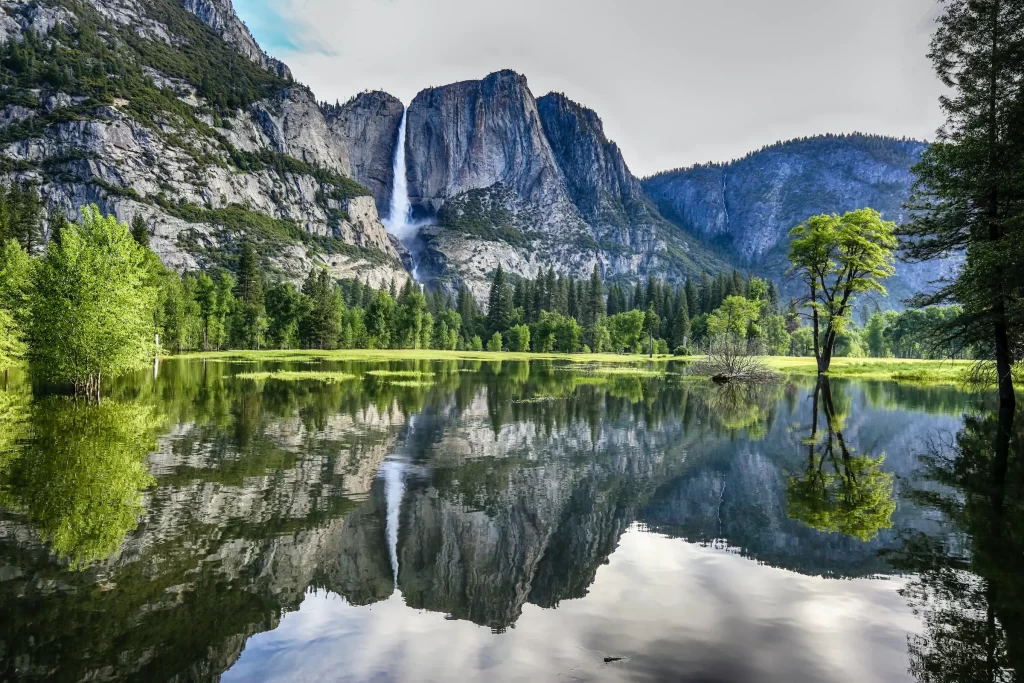
Natural Resources: National Parks vs. National Forests
Natural Resources in National Parks
National Parks are dedicated to preserving natural and cultural resources for future generations. They are managed to protect and maintain their unique ecological integrity, including wildlife, plants, geology, and natural processes. Natural resources in National Parks are carefully monitored and protected to ensure they remain intact for years to come.
Some of the natural resources found in National Parks include:
- Glaciers, lakes, and rivers
- Forests and grasslands
- Wildlife and plant species
- Geological features like canyons, geysers, and volcanoes
Each National Park is unique in its own way, with its own set of natural resources to discover and explore.
Natural Resources in National Forests
National Forests, on the other hand, are managed for a variety of uses, including timber harvesting, recreation, and wildlife habitat. They are often more extensive than national parks and are home to a wider range of natural resources.
Some of the natural resources found in national forests include:
- Timber and wood products
- Wildlife and fisheries
- Minerals and energy resources
- Recreational opportunities such as hiking, camping, and fishing
National Forests are generally more open to human use than national parks, but they are still closely monitored to ensure that natural resources are protected and preserved.
Accessibility and Entrance Fees
Accessibility of National Parks
National Parks are typically more developed and easier to navigate than National Forests. They often have paved roads, visitor centers, and clearly marked trails. This makes them accessible to a wider range of visitors, including those with disabilities or limited mobility.
Some National Parks, like Yellowstone and Yosemite, can get quite crowded during peak season. This can make it difficult to find parking and may result in longer wait times at popular attractions. However, many National Parks also offer shuttle services or alternative transportation options to help alleviate traffic congestion.
Entrance Fees for National Parks
National Parks usually charge an entrance fee to help fund park maintenance and preservation efforts. Fees vary depending on the park, but typically range from $20 to $35 per vehicle for a seven-day pass. You can also purchase the annual America the Beautiful Pass if you are planning multiple trips in a single year!
Accessibility of National Forests
National forests are generally less developed than National Parks, with fewer amenities and less signage. However, this also means they offer a more rugged and natural experience for visitors. National Forests often have unpaved roads and trails, which may be more challenging for visitors with limited mobility.
That being said, many National Forests do offer accessible trails and facilities for all visitors. It’s important to research the specific forest you plan to visit to determine what accommodations are available.
Entrance Fees for National Forests
Unlike National Parks, most National Forests do not charge an entrance fee. However, some individual sites within National Forests may charge a small fee for parking or camping. It’s a good idea to check with the specific forest or recreation area you plan to visit to see if any fees apply.

Which should you visit?
Both National Parks and National Forests offer exceptional opportunities for exploration and outdoor recreation. While National Parks focus on preserving unique landscapes and ecosystems for future generations,National Forests provide a balance between conservation and resource utilization. When planning a visit, consider the desired activities and amenities available at each type of public land. By understanding their differences and unique offerings, outdoor enthusiasts can make informed decisions and fully appreciate the diverse beauty of these protected areas!
